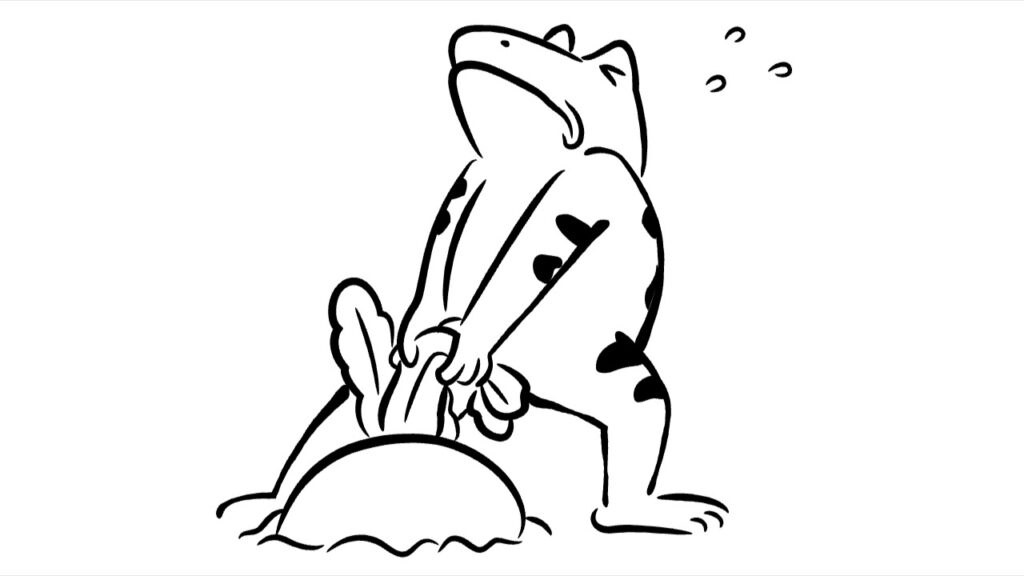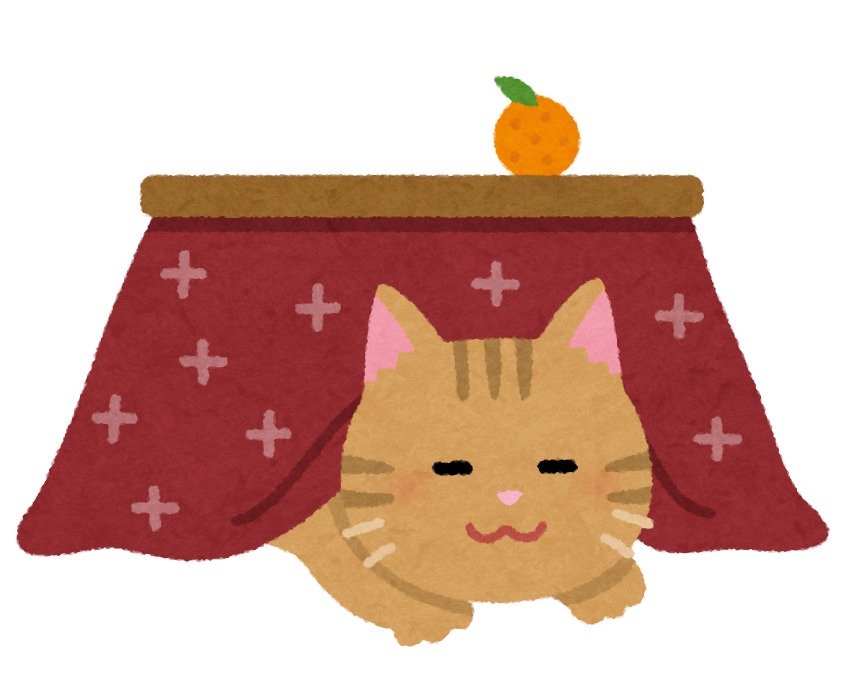Have you ever laughed at a cartoon animal doing something oddly human?
Long before manga or anime became global icons, Japan was already telling stories through images—and few works capture that tradition better than Choju-giga, the “Scrolls of Frolicking Animals.” These ancient illustrated scrolls, filled with rabbits, frogs, and monkeys acting like people, are often hailed as the earliest form of Japanese manga.
But Choju-giga is far more than just a whimsical art piece. It’s a rare window into medieval Japanese life, humor, and visual imagination—one that still resonates nearly 900 years later.
Born in a Time of Transformation
Created between the late 12th and early 13th centuries—during the transition from the Heian to Kamakura period—Choju-giga reflects a Japan in flux. While the exact creator remains unknown, the scrolls are commonly (though controversially) attributed to Toba Sojo, a Buddhist monk and painter.
At a time when Japan was shifting politically and socially, these scrolls offered a playful, perhaps subversive take on human behavior—without showing a single human face.
What’s in the Scrolls?
Choju-giga consists of four handscrolls, each packed with expressive, dynamic ink drawings:
- First scroll: The most famous, featuring animals bathing, wrestling, praying, and even conducting Buddhist rituals—rabbits leading ceremonies, frogs bowing in reverence.
- Second scroll: Highlights animal competitions and games.
- Third scroll: Leans into spiritual and religious themes.
- Fourth scroll: Returns to the light-hearted world of frolicking animals, with added mythical creatures.
What’s striking is the sheer liveliness of the art. There’s no color, no text—just movement, humor, and emotion rendered through expert brushwork. The animals are drawn with uncanny anatomical accuracy, yet their antics are unmistakably human. This blend of realism and caricature gives the scrolls a timeless charm.
More Than Just a Joke: Social Commentary in Disguise
While fun and whimsical on the surface, Choju-giga likely carried deeper messages.
- The mocking of religious ceremonies by animals may have been a subtle critique of the growing corruption within Buddhist institutions.
- Depictions of animals in conflict or competition could reflect court politics or societal power struggles.
Using animals allowed the artist to satirize sensitive topics safely, much like political cartoons do today. The humor served as a clever veil for social observation.
The Mystery of Authorship
One of Choju-giga’s enduring fascinations is that we don’t know for certain who created it. Though Toba Sojo is often named, there is no definitive proof. And that, perhaps, is part of the appeal.
The scrolls stand apart from ego or signature. They weren’t about glorifying an artist—they were about capturing life, laughter, and human folly in a universally understandable language: imagery.
Choju-giga’s Enduring Influence
Choju-giga is often described as the origin of manga, and while that’s not entirely accurate, it certainly laid the groundwork:
- Sequential storytelling across images
- Expressive characters with exaggerated emotions
- Visual humor that crosses language barriers
From ukiyo-e prints in the Edo period to the storytelling structure of modern comics, you can trace echoes of Choju-giga’s style and spirit.
Even today, these playful scrolls continue to inspire:
- Designers reference the art in fashion and branding
- Children’s books adapt the imagery for new audiences
- Elements were featured in the 2020 Tokyo Olympics logos, blending tradition with modern identity
Why It Still Matters
What makes Choju-giga so special is its ability to connect people across centuries. Its wit still draws smiles, its artistry still dazzles, and its message—about the quirks and contradictions of human behavior—still rings true.
When we look at these animals, we’re not just admiring ink on paper. We’re sharing a knowing glance with people who lived 800 years ago. We’re laughing at the same jokes, pondering the same flaws, and appreciating the same beauty.
Conclusion: A Living Legacy of Laughter and Insight
Choju-giga isn’t just an old scroll. It’s a living cultural artifact, a masterpiece that bridges the past and the present, the sacred and the silly.
Its legacy reminds us that great art doesn’t need words to speak volumes. With just a brush and a keen eye, the unknown artist(s) of Choju-giga created a work that continues to spark curiosity, creativity, and joy around the world.


